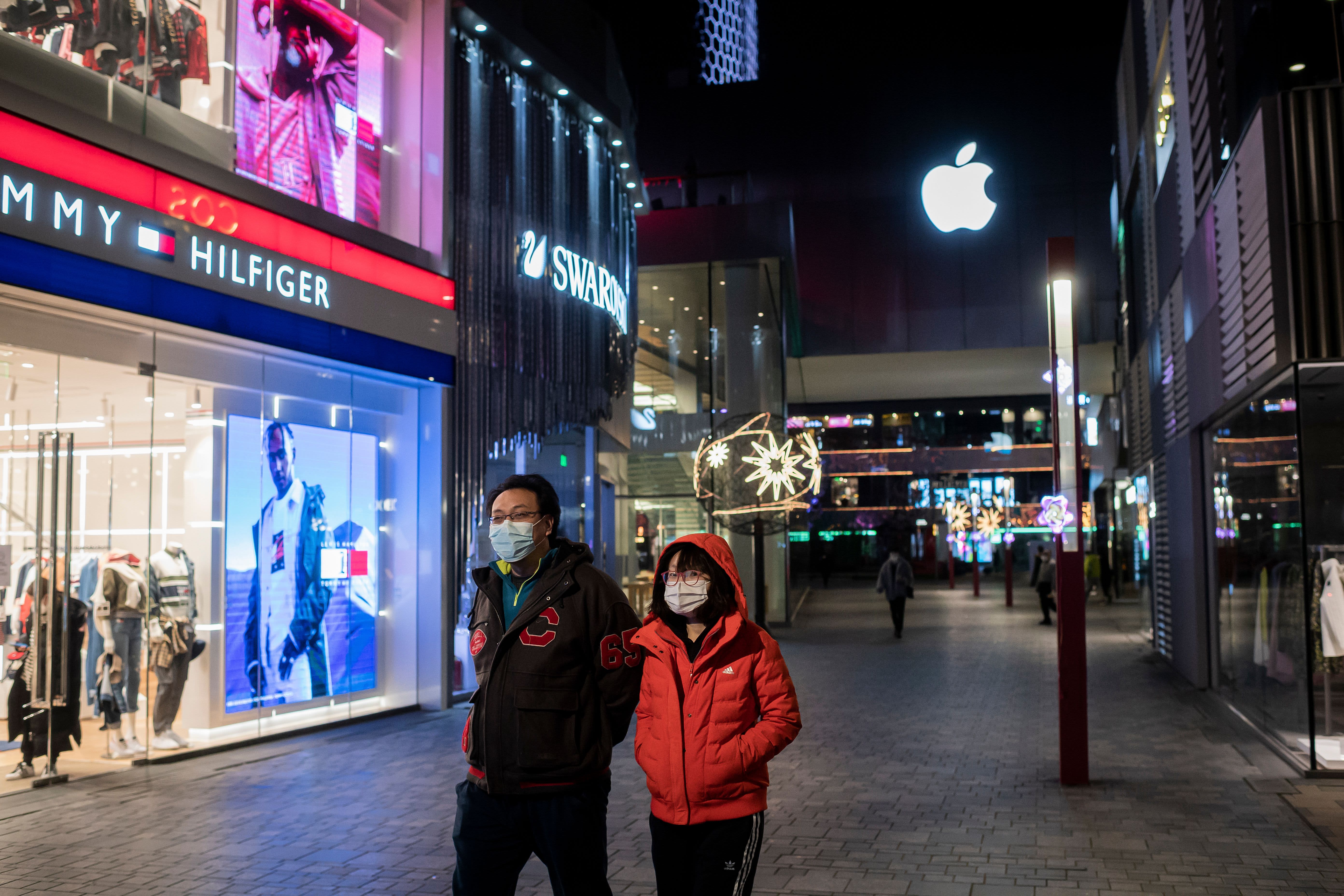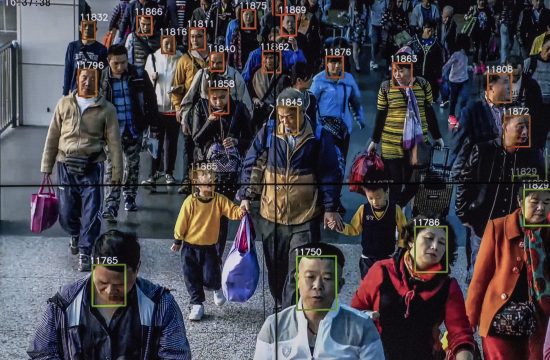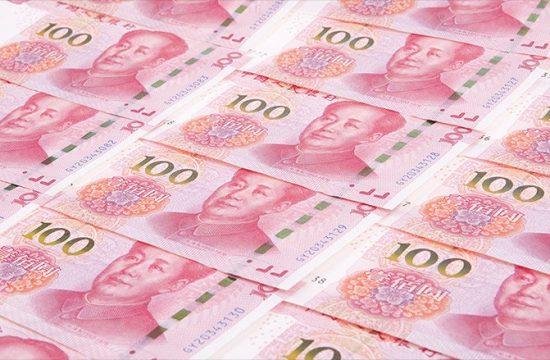
BEIJING — Chinese fervor for online shopping waned in August, a sign that the world’s second-largest economy still faces many challenges as it tries to boost consumption at home.
The Chinese government is trying to develop domestic demand as the primary driver of the country’s growth, rather than relying on exports.
The coronavirus pandemic this year has accelerated the growth of online shopping, with its share of overall retail sales rising from about one fifth last year to one quarter this summer. But uncertainty about future income and economic growth are proving to be an overhang.
“With unemployment stress and growth headwinds persisting into the fourth quarter, any recovery in overall consumption will be mild,” Imogen Page-Jarrett, research analyst at The Economist Intelligence Unit (EIU), said in an email.
The EIU predicts the job market this year will be the worst since the 1960s, and that overall retail sales will contract by 4.7%.
For January to August, retail sales were down 8.6% from a year ago to 23.8 trillion yuan ($ 3.5 trillion), according to official data.
Retails sales in China managed to eke out a small 0.5% year-on-year increase in August, their first positive print for 2020, according to China’s National Bureau of Statistics last week. The gains came largely from autos, which posted a sales increase of 11.8%. Excluding the category, retail sales of consumer goods contracted 0.6% in August, figures accessed through the Wind Information database showed.
Online sales of consumer goods and services grew 13.3% in August, slower than the 18.8% growth in July and down from 19% in June, CNBC analysis of official data showed.
“Job loss, income reduction and higher leverage may create new weak spots in domestic demand,” Bruce Pang, head of macro and strategy research at China Renaissance, said in a statement. He pointed to comments in the last few weeks from the State Council, the top executive body, that emphasize the importance of spurring consumption for China’s economic recovery.
The EIU predicts retail sales will turn slightly positive in the third quarter, helped by government policies to boost consumption, such as subsidies for new-energy vehicle purchases.
But in an indication of how tepid overall growth may be, some of the bright spots in China’s e-commerce sector were lower-cost essentials, such as fresh produce and household goods.
“Compared to before, an apparent trend we noticed is that, young Chinese consumers are spending in a more pragmatic and responsible way after the pandemic,” said Jay Xiao, CEO of LexinFintech, which runs Fenqile, an installment purchase online shopping platform.
“On Fenqile, sales of discounted products and preventive health-care products have been growing significantly faster than affordable luxury products or products celebrities use in the past few months,” Xiao said in a statement. He expects that China’s online consumption will recover more quickly in coming months.
New market players
For the longer-term, major Chinese and international companies alike remain intent on capturing opportunities in the largest middle class in the world. China’s rapid growth in the last two decades allowed for the rise of e-commerce giants Alibaba and JD.com. And as the online shopping market grows, new entrants are rising too.
Short-video and livestreaming platform Kuaishou announced last week that shopping orders placed through its platform hit 500 million in August, and claimed it ranks fourth behind Alibaba’s Taobao and Tmall platforms, JD, and Pinduoduo.
More people are also using popular messaging tool WeChat for shopping through in-app mini programs. The Tencent-owned app disclosed this month its mini program feature now has more than 400 million daily active users. The company said that gross merchandise volume (GMV) of physical products purchased through mini programs more than doubled for the January to August period from a year ago. GMV is a metric most commonly used in e-commerce that measures the total dollar value of goods sold over a certain period of time.
Transaction volumes topped 800 billion yuan for all of 2019, according to Tencent’s annual report.
Douyin, the Chinese version of TikTok that’s only available in the mainland, declined to share monthly figures on shopping orders placed through its platform. Last week, the wildly popular short-video and livestreaming app, which is owned by ByteDance, disclosed that more than 22 million creators made more than 41.7 billion yuan ($ 6.15 billion) on the platform in China over the past year. As of August, Douyin claimed to have 600 million daily active users across its platforms.
The primary app for Douyin has seen the fastest active user growth this summer among its peers, followed by Kuaishou and Pinduoduo, according to CNBC analysis of data from app developer services company Aurora Mobile.
After a promotional shopping event in June, the data showed JD and Alibaba’s Taobao and Tmall saw user declines, while WeChat users held little changed over those three months.
New York-listed shares of JD are up 113% so far this year, versus more than 111% for Pinduoduo and about 29% for Alibaba.
“Sellers that rely purely on online sales are at high risk of being forced out of the market (especially sellers of non-essential items), however, especially as the novelty of promotional activities wears off,” the EIU’s Page-Jarrett said. “Pursuing an omnichannel approach (combining online and offline), focused on building consumer loyalty, will be more sustainable in the long term.”
— CNBC’s Saheli Roy Choudhury contributed to this report.


